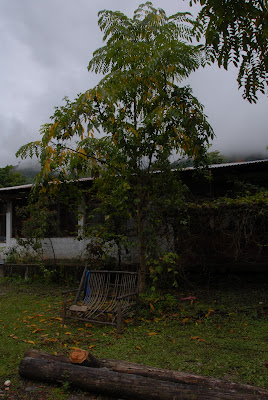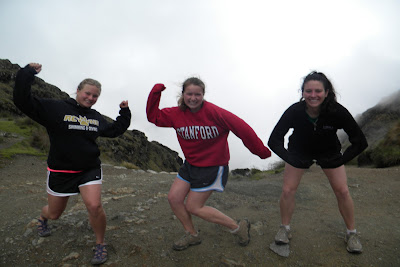While India has had it's fair share of challenges, my time there was filled with the most incredible generosity and kindness. From the moment I landed in India I was met by this hospitality (the man who shared his food with us in the Chennai airport) and it just continued from there.
There are two instances of this extraordinary goodness inherent in all Indians that I would like to share. First and foremost, you'd think the heat alone would make anyone and everyone terribly crabby and grouchy. This is not the case.
On one of our last few days, Kayla and I were on the bus into town. Kayla took out her wallet, paid for her bus fare, and set it back down on her seat. We sit, chatting during the twenty minutes or so it takes to get into town. Before we know it we've arrived at our stop and it's time to get off the bus that never exactly stops but just kind of comes to a crawl as you hop off. We start heading down the street and make it two or three minutes when Kayla stops. She bends down and starts searching through her bag. Apparently she couldn't find her phone. As she doing this a rickshaw driver comes up. I just kind of brush him off because rickshaw drivers are always hassling us to take their rickshaw, but this one is persistent. Finally I turn around. He looks down at Kayla, taps her and hands her her wallet - complete with 5000 rupees (about $100) and her debit card. She had left it on the bus and this man tracked us down to give it back to her. In a country where people's life savings are less than what she had in her wallet, it seemed a miracle that she got it back fully intact. When we were talking about it though, we realized it was no miracle, it was simply the inherent goodness in the Indian people that prevails through their culture despite the poverty.
One of my favorite memories of India is of something that truly never would have happened back in the States. I was spending the day at a mental hospital, touring the grounds, meeting the patients, when suddenly, my shoe broke. Out of no where, this woman comes up to me and starts speaking to me in Tamil. I have absolutely no idea what she is saying when, just as quickly as she appeared, she takes off. I continue walking, attempting to make the best of my broken shoe when the woman reappears. She comes up to me and hands me a pair of bright pink, new sandals. The staff then proceeds to tell me that she is a patient there and that she had bought those shoes with her own limited funds and then retrieved them from her store of her possessions for me. I was so unbelievably touched. This woman, who has spent at least ten years in this mental institution (it was a facility for long term care), who has very little to call her own so quickly and selflessly offered up to a complete stranger her own shoes.
This is India.
This is the India I have come to know and love. It is full of the little things, the little details, which add up to so much. And India taught me a lot of little things, which have added up to a whole lot.
The following are a few snapshots of an incredibly diverse country. All of these were taken in my little corner of South Eastern India which barely even begins to touch all that India has to offer, but they begin to capture the uniqueness and beauty of this country.














































.jpg)

